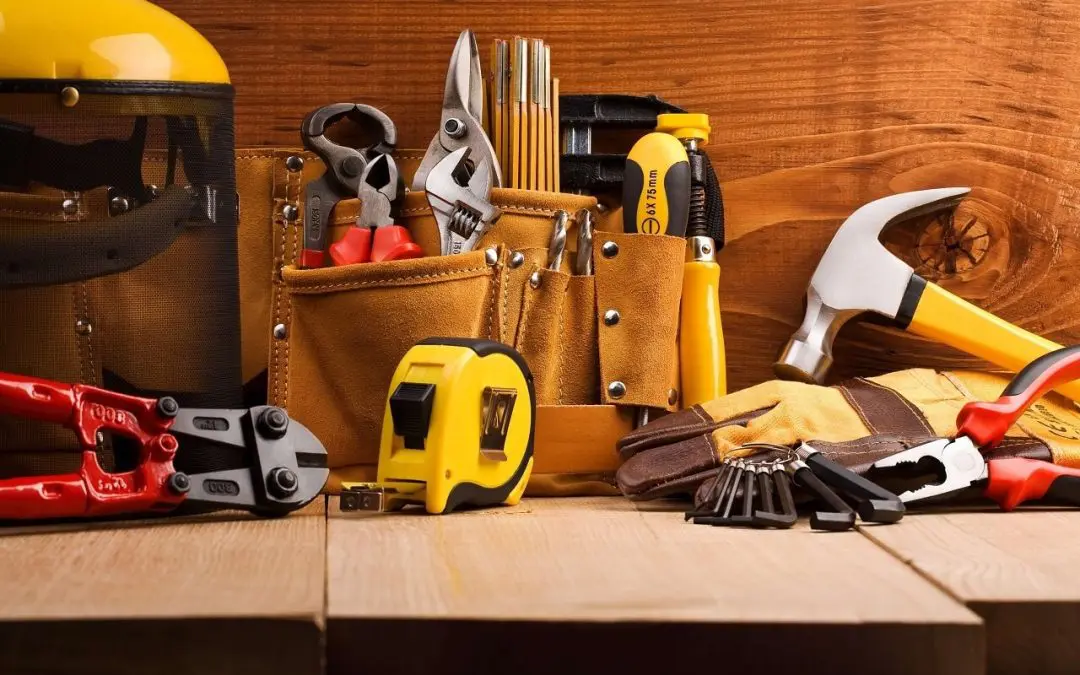DIY projects can be incredibly rewarding; there’s nothing like building or fixing something yourself. But with that comes responsibility, and tool safety should be at the top of every homeowner’s priority list. No matter the project, misusing tools could lead to injury, costly mistakes, or even permanent damage to your home.
Approaching each project with tool safety in mind ensures the experience stays productive, efficient, and most importantly, safe. The goal is to give you the confidence to use tools wisely.
Understanding Tool Safety Basics
Tool safety starts before you even pick up a drill or hammer. Knowing how your tools work and taking time to read user manuals or watch demonstrations is a smart first step. Every tool has a purpose and a proper method of use, and skipping the basics can lead to accidents.
Even something as simple as a screwdriver or utility knife can cause harm if misused. Power tools—like circular saws, nail guns, and electric sanders—require even more caution.
Tool Safety Begins with the Right Gear
Personal protective equipment (PPE) plays a significant role in tool safety. Safety goggles protect your eyes from flying debris, earplugs shield your hearing from loud power tools, and gloves prevent blisters and cuts. Sturdy shoes with non-slip soles keep you grounded while working, and a dust mask is essential for sanding or cutting materials that release fine particles.
It’s tempting to skip PPE for quick jobs, but even small projects could bring injury. Wearing appropriate protective gear helps prevent injuries that could disrupt your plans or require a visit to urgent care.
Maintain Your Tools for Long-Term Tool Safety
Well-maintained tools are safer tools. Dull blades, frayed cords, and loose parts all contribute to dangerous situations. Make it a habit to inspect your tools before and after each use. Look for signs of wear, clean off any debris, and store them properly when the job is done.
Power tools should be unplugged when not in use, batteries stored separately, and sharp tools kept in protective cases. Good maintenance extends your tools’ life, protects your investment, and keeps you safe.
Safety and Workspace Setup Go Hand in Hand
A cluttered or unstable workspace will undermine even the most careful DIYer. Clear your area of unnecessary tools, cords, and debris before starting. Ensure your work surface is sturdy and at the right height to avoid strain or poor posture. Good lighting is also essential to see clearly and make accurate cuts or measurements.
If you’re using extension cords or moving between spaces, keep your path clear and organized. Tool safety often depends on environmental awareness, so take a few moments to prep your space before diving in.
Know When to Pause (and When to Call a Pro)
Part of practicing tool safety is recognizing your limits. If you’re tired, distracted, or unsure about a task, it’s okay to pause. Fatigue and impatience lead to rushed decisions, which may lead to accidents.
Additionally, specific jobs might go beyond your comfort zone or skill set. If you’re dealing with electrical wiring, gas lines, or structural work, it’s always best to consult a licensed professional. Tool safety also means knowing when the safest thing to do is to call for help.
DIY projects are a great way to personalize your space and save money, but your safety should always come first. Tools safety will become second nature with the right knowledge, preparation, and habits. Respect your tools, protect yourself, and enjoy the satisfaction that comes from doing it right and safely.
FAQs
What should I include in a basic DIY tool safety kit?
A basic safety kit should include safety goggles, work gloves, ear protection, a dust mask, a first aid kit, and a fire extinguisher. Having these items on hand helps you respond quickly to minor accidents and stay protected during every project.
Do I need to wear safety gear for every project?
Yes, even simple projects can result in injury.
How should I store my tools to keep them safe and in good condition?
Store tools in a dry, organized space like a toolbox, wall-mounted rack, or cabinet. Keep sharp tools covered, power tools unplugged, and batteries removed when not in use to prevent accidents and damage.
What should I do if I’ve never used a tool before?
Read the manual, watch instructional videos, and consider practicing on scrap material first. Don’t guess—knowledge supports tool safety.
What’s the best way to teach kids about tool safety?
Start by modeling safe behavior yourself. Explain each tool’s purpose, demonstrate how to use it properly, and always supervise closely. Use age-appropriate tools and stress the importance of focus and caution.
Jamie Schaefer, Professional Home Inspector, provides home inspection services to The Villages, Florida, and the surrounding cities and towns in Central Florida and the New York Metropolitan Area. If you’re buying or selling a property, contact us to request an appointment.

